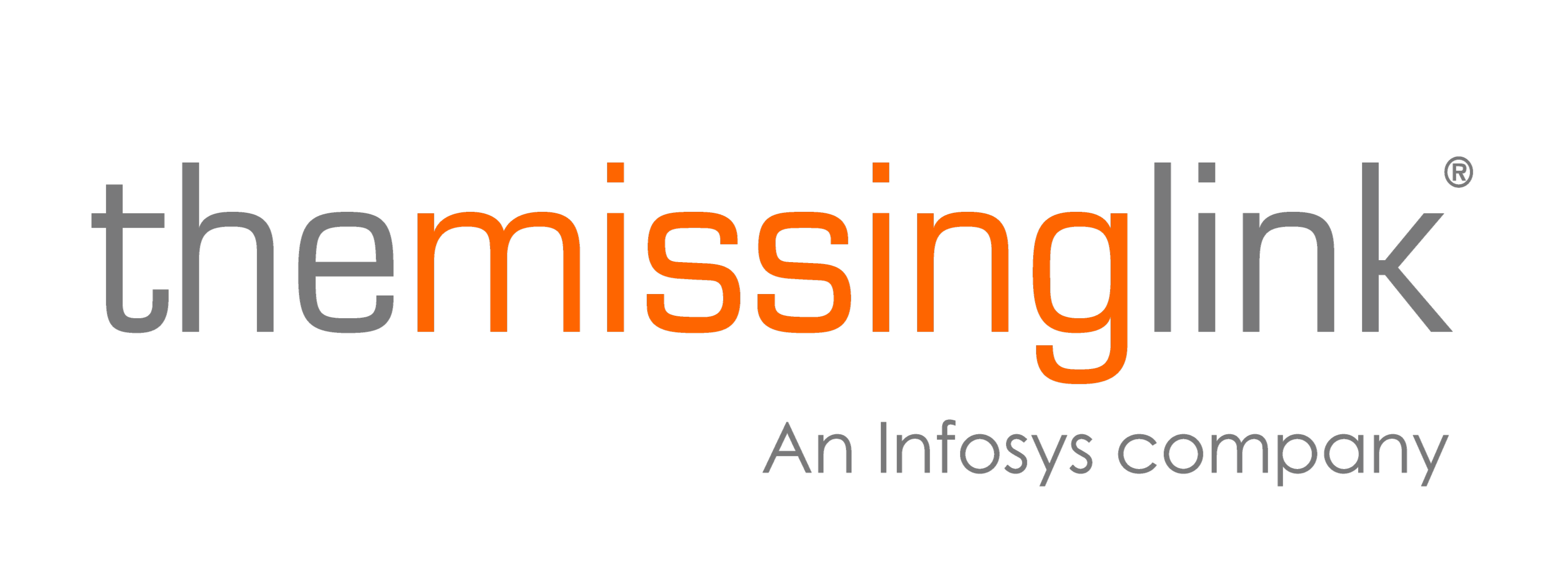After weighing the pros and cons of cloud and on-prem infrastructure, many SMBs are now choosing cloud, either fully or as part of a hybrid strategy.
This article helps you take the next step: securing your cloud environment the right way.
A Statista report projects that the Australian cloud computing market will grow from $10.6 billion in 2020 to over $17 billion by 2025, with increasing adoption across various industries.
Cloud services offer unmatched flexibility, help reduce upfront infrastructure costs and make it easier to scale. It’s a smart move for many growing organisations.
But too often, there’s a misconception that once you’re in the cloud, security is automatically taken care of. Cloud providers do a great job of securing the underlying infrastructure; the servers, data centres and networks that power the service. But securing what you put in the cloud? That’s on you.
A recent report by Tenable highlights that cloud security gaps are threatening Australian businesses, exposing serious vulnerabilities in the way many organisations manage their cloud infrastructure.
This misunderstanding creates a false sense of security. When businesses assume everything is covered, they miss critical steps. That’s when gaps form which can quickly become risks.
What the shared responsibility model actually means
One of the most common, and costly, misconceptions about cloud security is that the provider handles everything. In reality, it’s a partnership. This is known as the shared responsibility model, and understanding it is critical to protecting your cloud environment.
Cloud providers like Microsoft Azure, AWS and Google Cloud are responsible for securing the infrastructure that powers their services. That includes:
- Physical security of data centres
- Network infrastructure
- Core platform maintenance and updates
But once you start using cloud services, the responsibility shifts. As a customer, you’re in charge of securing what you put into the cloud. That includes:
- Managing who can access your environment
- Protecting the data you store and transfer
- Correctly configuring applications and services
- Keeping your workloads patched and up to date
When this line is blurred, important tasks can fall through the cracks.

Figure: Cloud security is a shared responsibility. Providers secure the foundation while SMBs secure what is built on top.
Priority cloud security controls for SMBs
Once you’ve moved to the cloud, securing your environment needs to become part of day-to-day operations not just a set-and-forget task. These core controls help SMBs build a stronger, more resilient cloud infrastructure.
1. Identity and Access Management (IAM)
- Use a centralised identity solution like Microsoft Entra ID (formerly Azure AD) or Okta to manage access consistently.
- Enforce multi-factor authentication (MFA) across all users not just administrators.
- Apply least privilege access, giving users only the permissions they need to do their job.
2. Configuration Hardening
- Benchmark your cloud environments against security best practices.
- Use automated tools like Microsoft Defender for Cloud to audit and flag risky settings.
- Clearly separate production, development and test environments to limit unintended access.
3. Data Protection
- Ensure sensitive data is encrypted both at rest and in transit.
- Apply strict access controls to cloud storage to limit exposure.
- Implement Data Loss Prevention (DLP) tools to help catch accidental or malicious leaks.
4. Monitoring and Threat Detection
- Enable security logging across cloud services and send data to a SIEM (Security Information and Event Management) platform for analysis.
- Use built-in or third-party threat detection tools to flag unusual activity.
- Review logs regularly and investigate anomalies before they become breaches.
5. Backup and Recovery Planning
- Set up automated backups for critical systems and data.
- Test recovery regularly to ensure you can restore quickly when needed.
- Store backups separately from your production environment to avoid compromise.
Getting these fundamentals right doesn’t require a big team or enterprise budget, just clear policies, the right tools and a commitment to consistency.
SMBs need to treat cloud security as an ongoing process
Moving to the cloud isn’t the finish line, it’s the start of a new set of responsibilities. Cloud infrastructure security needs constant care to stay effective.
That means:
- Continuous monitoring to detect new risks as they emerge
- Regular reviews of access controls, security policies and configurations
- User education to help staff understand their role in keeping data safe
- Security posture assessments to track how well your defences are holding up over time
The challenge? Many SMBs don’t have the time, tools or in-house expertise to manage this on their own. That’s where a trusted IT partner can make all the difference.
At The Missing Link, we help growing businesses secure their cloud environments with:
- Expert-led audits and security reviews
- Cloud configuration hardening and IAM best practices
- Ongoing monitoring and incident response support
- Integrated managed IT and cloud security services tailored for SMBs
Whether you’ve just migrated or need to strengthen what’s already in place, we’ll help you stay secure, compliant and in control — without slowing your business down.
Ready to improve your cloud security? Get in touch with The Missing Link today.

